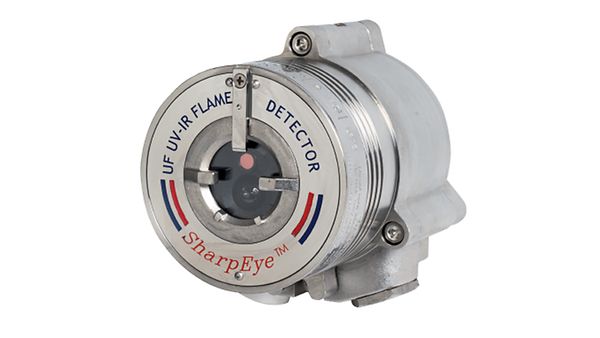Fire Detection System

Addressable Fire Alarm System
An addressable fire alarm system operates by having every detection & notification device connected to the fire control panel. Each signalling device has its own address. This operation allows the fire alarm system to transfer information to the control panel with a wide range of information. The most important part of an addressable fire alarm system is that it pinpoints the exact location of fire or smoke, thus providing a high level of reliability and safety. The technology in the addressable fire alarm system immediately notifies the fire authorities of the fire and its location so that they can respond swiftly.
Conventional Fire Alarm System
A conventional fire alarm system (also referred to as a 4 wire system) consists of automatic detectors and manual call points wired to the fire alarm control panel in Zones. Each Zone is a physical wiring circuit. The fire alarm control panel has a number of Zone LEDs which will illuminate should a device in that zone be activated. The purpose of Zones are to provide an indication of where a fire has been detected. The control panel is then wired separately to a minimum of two sounder circuits which accommodate the systems audible warning devices (e.g. bells, electronic sounders etc). Each detection circuit and sounder circuit has an end of line device (resistor) for monitoring purposes
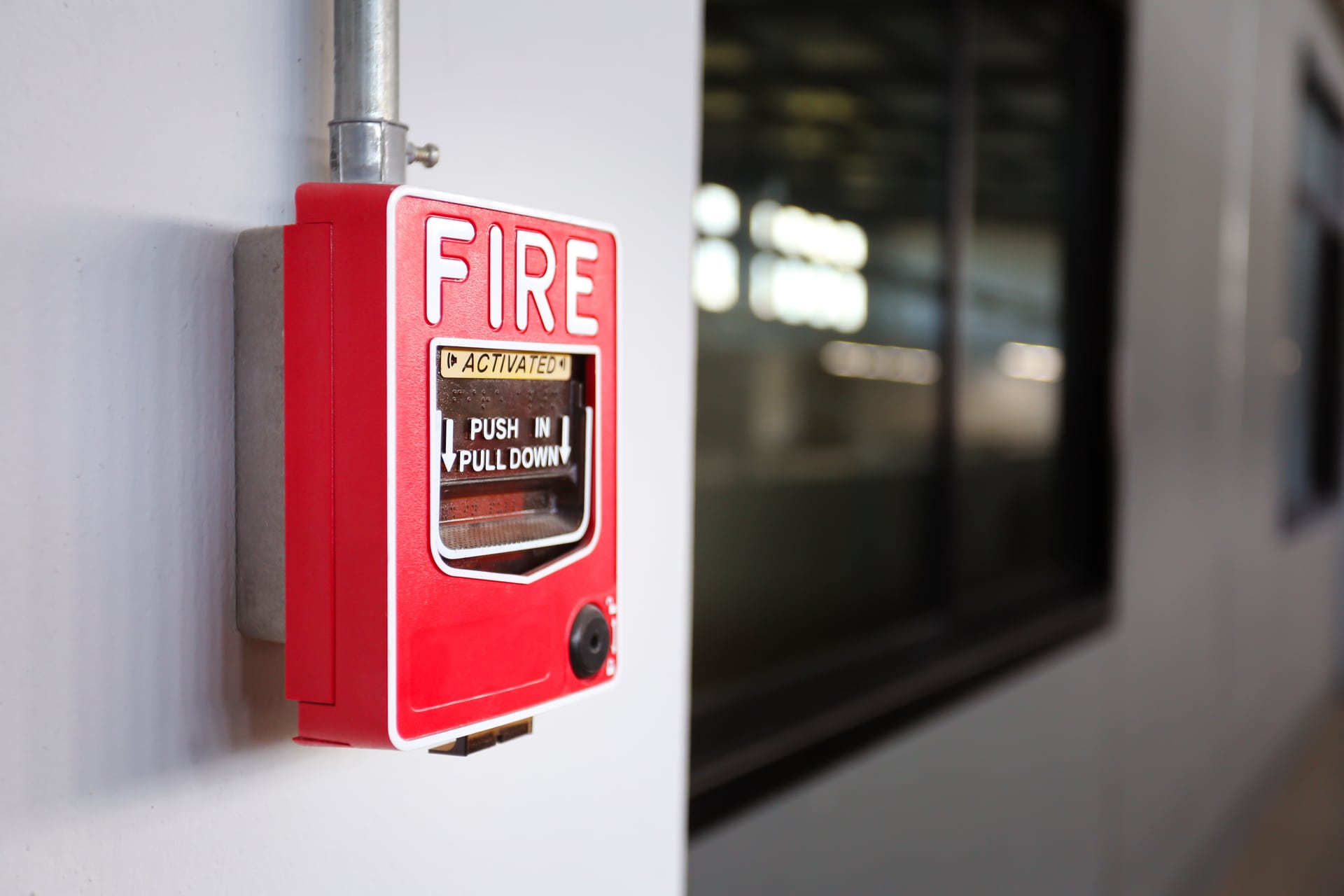
Linear Heat Detection System
Overview
Linear Heat Detection (LHD) provides fast and reliable detection of fire or overheating. It is suitable for use in most environments and is unaffected by airflow, hazardous chemicals or contaminants and for other areas where traditional detection types may underperform.
A Linear Heat Detection system typically consists of at least one length of heat sensing cable and one controller. The heat sensing cable is installed along or around the area to be protected. Heat sensing cable is available with a variety of outer coatings making it suitable for a range of different applications.
When a fire or overheat event occurs, the temperature of the cable increases. Once the cable reaches a predefined temperature, the controller reports an event to the fire alarm control panel. The controllers can also provide the location of the event to allow fires or potential fires to be quickly identified and dealt with.
Typical Applications
- Cable Trays
- Tunnels
- Conveyor Belts
- Escalators
- Car Parks
- Warehouse Racking
- Waste Recycling Facilities
- Hazardous Areas
- Ships and Marine
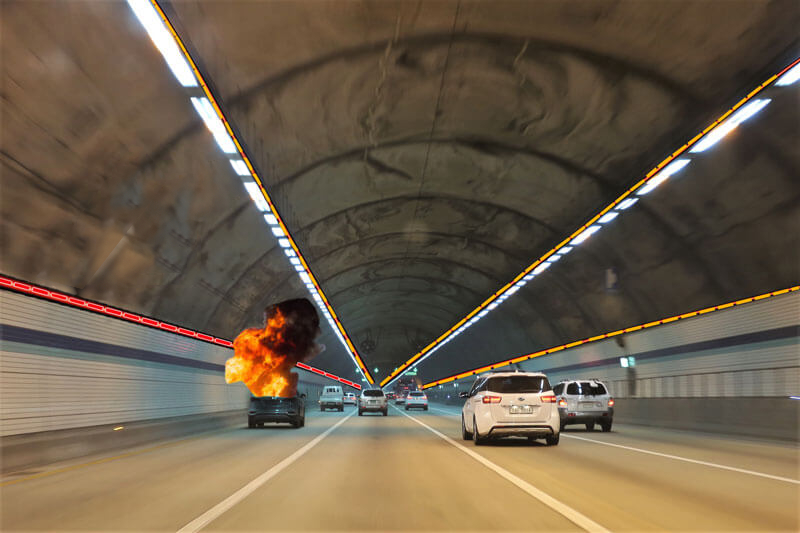
Aspirating Smoke Detection System
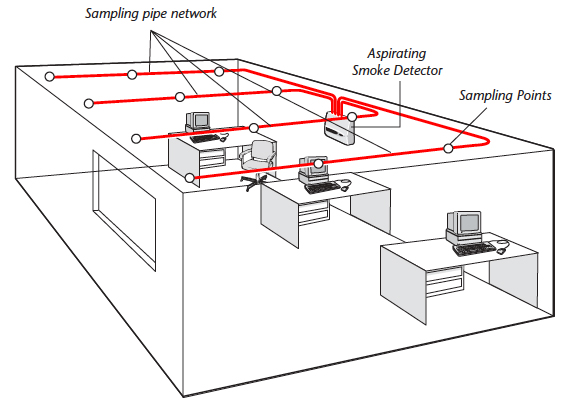
What is an aspirating fire and smoke detection system?
ASD (aspirating smoke detector), is a system that can monitor smoke levels at various locations in a building, signalling early on when a fire breaks out.
More than just your standard smoke alarm, an aspirating system has heightened sensitivity, constantly testing the airflow, you get a system that actively monitors for smoke in your building.
How does an aspirating fire and smoke detection system work?
An aspirating smoke detector is a central detection unit with sampling chambers. These chambers correspond with a network of pipes that draw in the air throughout a building at selected points. This can be air drawn in from multiple points across a single space or across a whole building.
The air is constantly being tested in the detection unit, where laser technology is used to measure light scattering particles. This allows the system to detect whether smoke particles are present in the air, with different levels of sensitivity programmed to suit the environment. If smoke is detected, the alarm is raised as the system can be integrated with fire control panels.
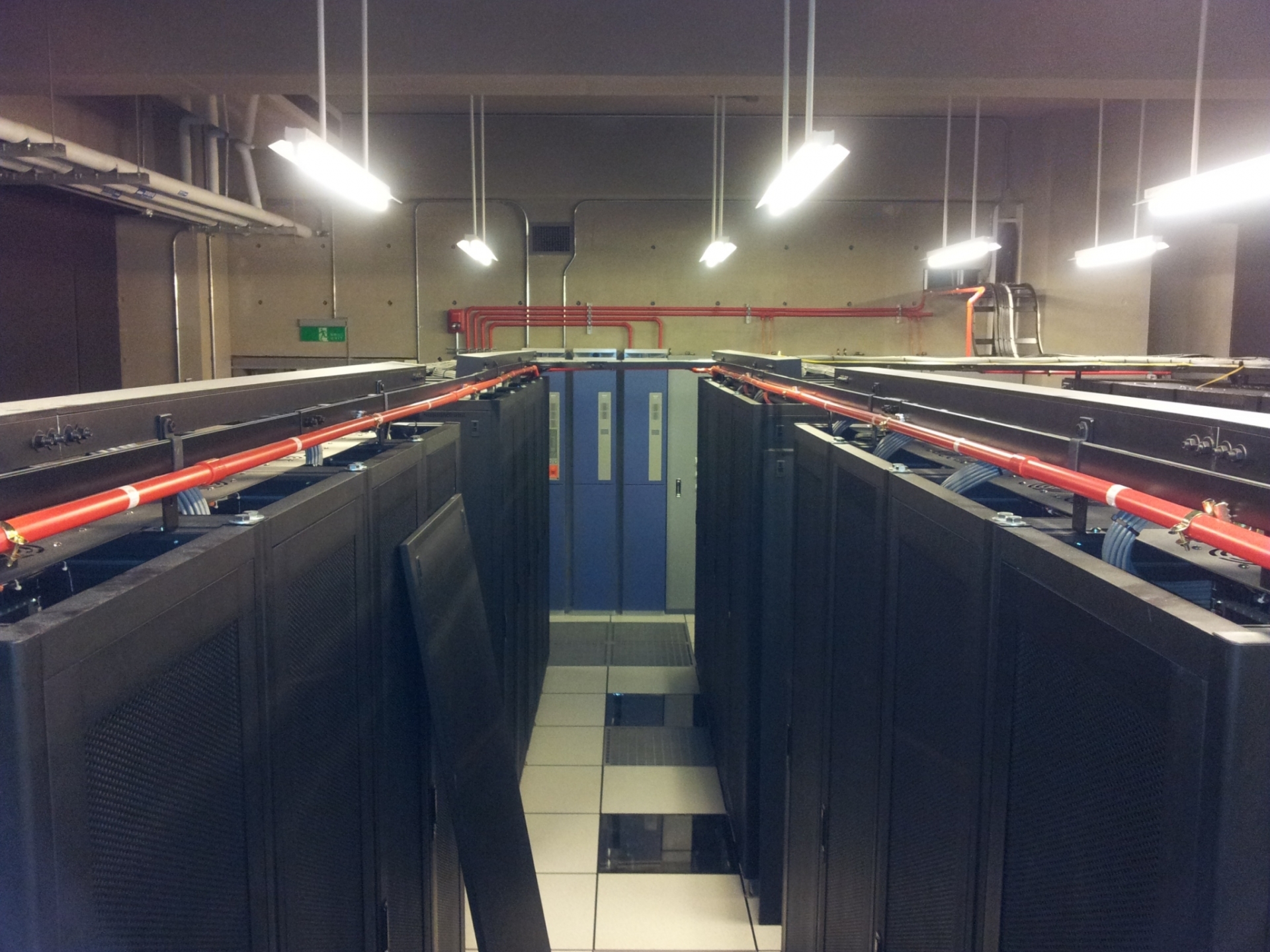
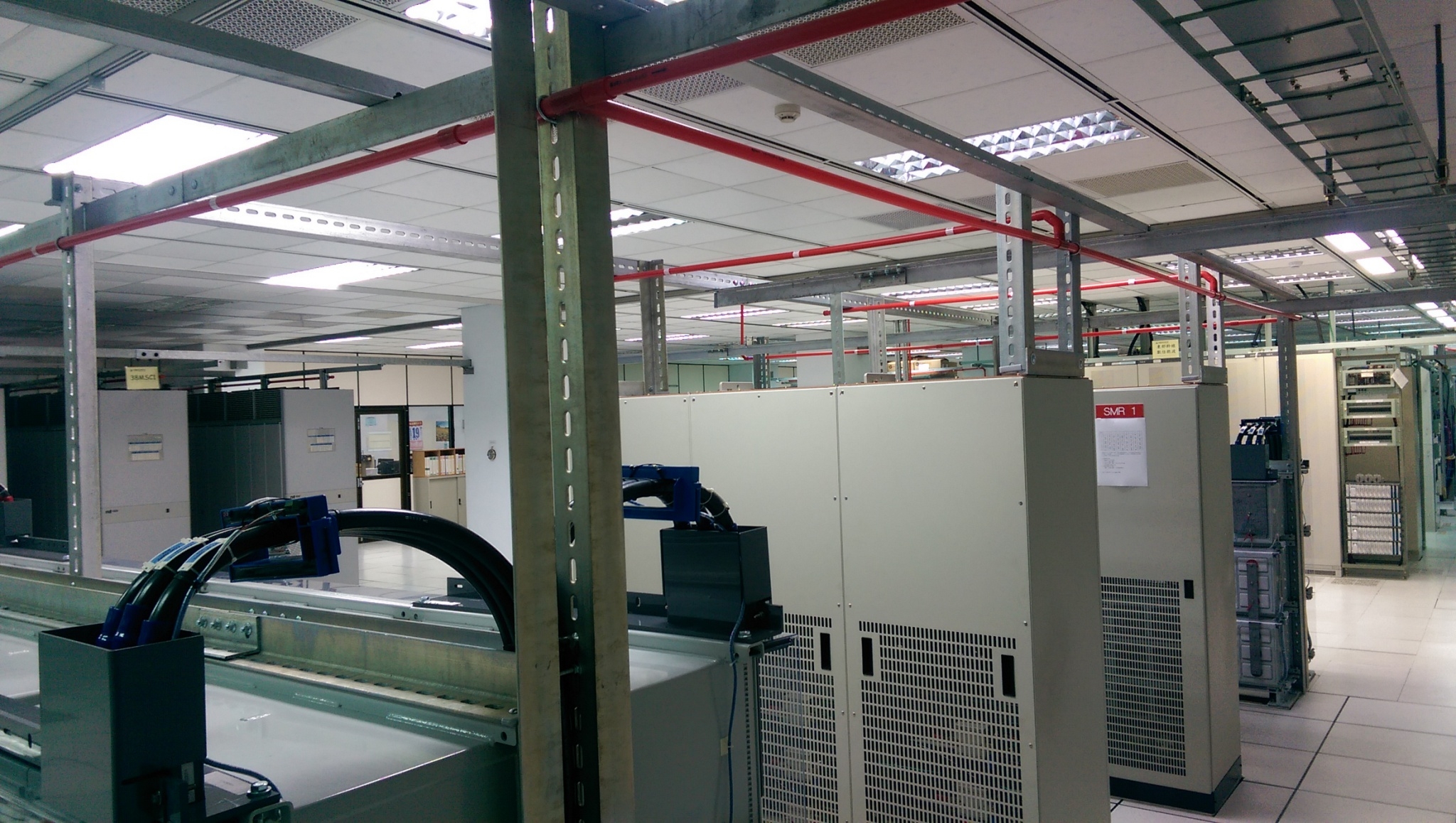
Where do you need an aspirating fire and smoke detection system?
Because of the rapid detection involved, aspirating systems are ideal for a number of applications, from large industrial warehouses holding important stock and machinery to server rooms and data centres where downtime or loss of information could be catastrophic for a business.
The system can also be useful for spaces with large ceilings such as stadiums, hangars, warehouses and atria. This is because it may take a long time for large amounts of smoke to naturally reach a normal smoke detector, whereas an aspirating system is more sensitive and actively draws in air at various points along the pipe network.
Cold storage spaces can also benefit from aspirating systems, with the detection unit situated outside of the cold environment.
Pipework will run through the temperature-controlled areas, drawing in and warming the air before it reaches the detection unit. This is a great alternative to passive detection, which is often not suitable for such extreme environments.
Benefits of aspirating fire and smoke detection systems
Early detection
This system can detect smoke even before it becomes visible to the naked eye.
Adaptable to different environments
This system can be installed to run pipes wherever they are required, whether that’s on the ceiling or inside server racks.
Active fire detection
Aspirating smoke detectors are part of active fire detection, since they draw in air, as opposed to traditional smoke detectors – classed as passive – which require smoke to reach them.
Integrated system
Aspirating smoke detectors can be integrated with fire suppression systems to provide an immediate response in an emergency.
Discreet design
The network of pipes that draw in the air can be tailored to a building and discreetly positioned if aesthetics are important within a building.
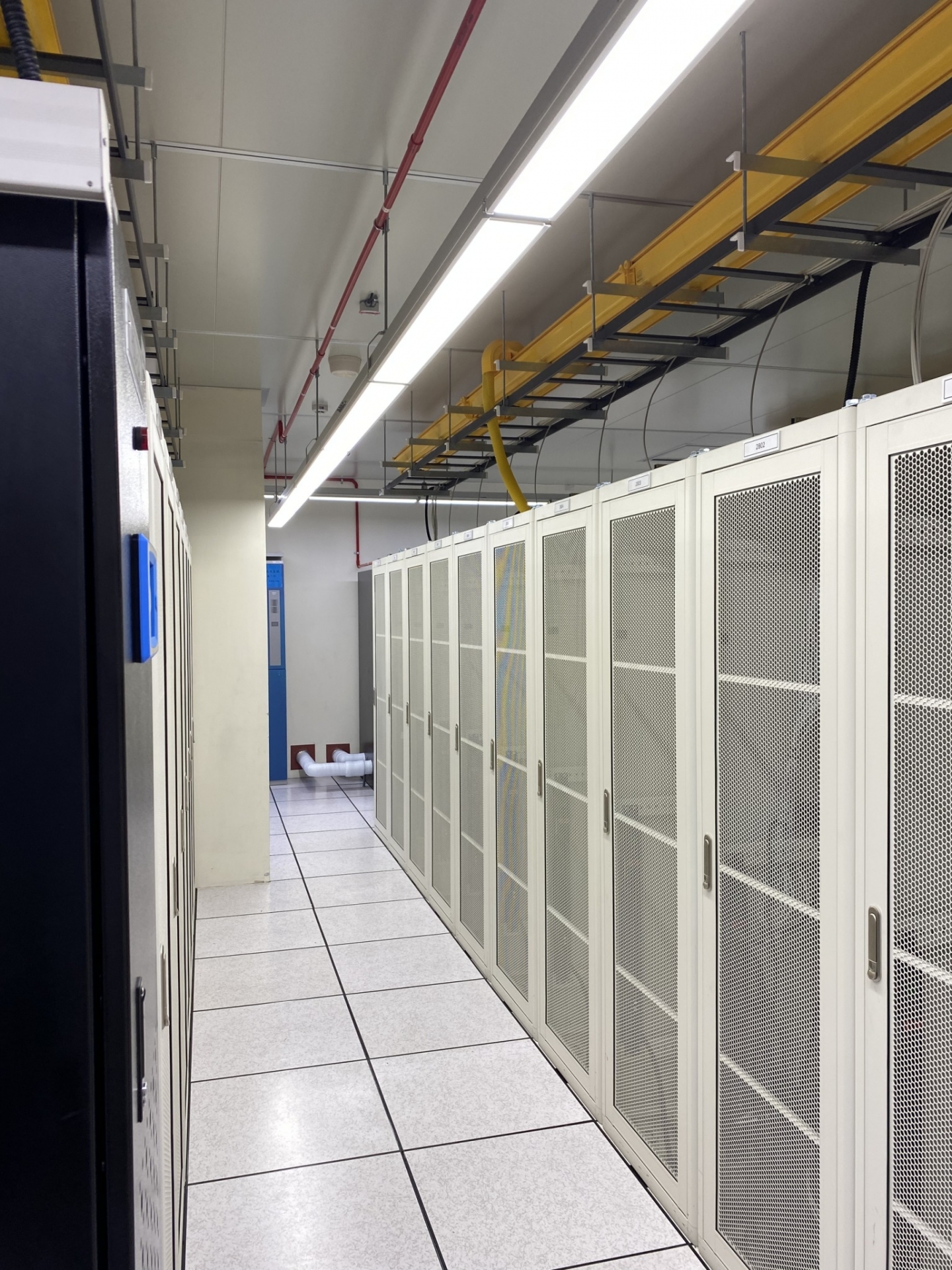
Gas & Flame Detection System
Gas Detection
Why use a fixed gas detector?
Fixed Gas detectors are used to detect an abnormal or dangerous presence of toxic gases in a specific area and to warn the user in the event of potential hazards. Equipped with sensors (called cells), they can measure the concentration of one or more types of gas, depending on the model and application requirements.
Unlike portable detectors, fixed gas detection devices make it possible to secure an entire area 24 hours a day. They can also be connected to a detection system, which displays the gas concentration in numerical value, and then triggers the servo-controls in the event of an abnormal value.
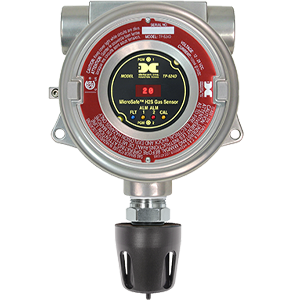
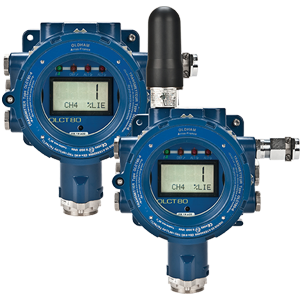
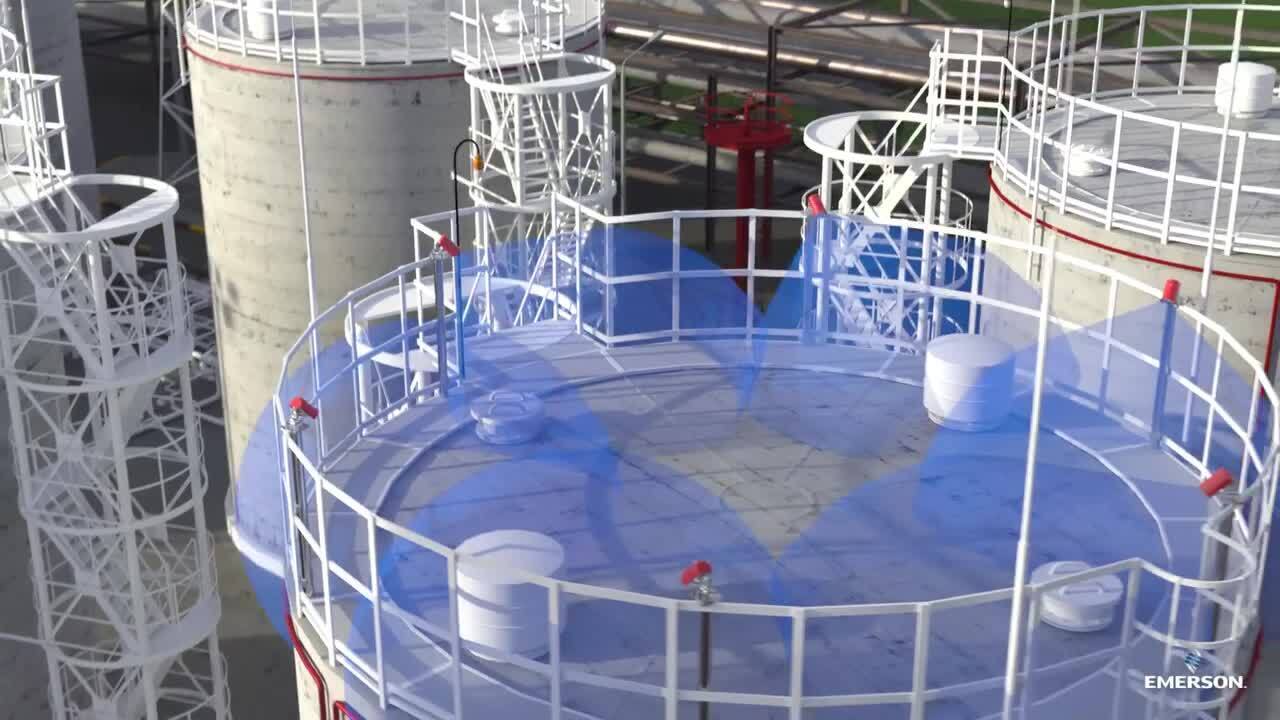
Flame Detector
Before any fire alarms can sound or fire suppression systems can activate, something must identify that a fire is actually present. In many cases, that “something” is a flame detector.
Below, we’ll talk about what a flame detector is, what types are available, and how to determine which one may be best for your facility.
What Is a Flame Detector?
A flame detector is a type of sensor that can detect and respond to the presence of a flame. These detectors have the ability to identify smokeless liquid and smoke that can create open fire. For example, in boiler furnaces flame detectors are widely used, as a flame detector can detect heat, smoke, and fire. These devices can also detect fire according to the air temperature and air movement.
The flame detectors use Ultraviolet (UV) or Infra-Red (IR) technology to identify flames meaning they can alert to flames in less than a second. The flame detector would respond to the detection of a flame according to its installation, it could for example sound an alarm, deactivate the fuel line, or even activate a fire suppression system.
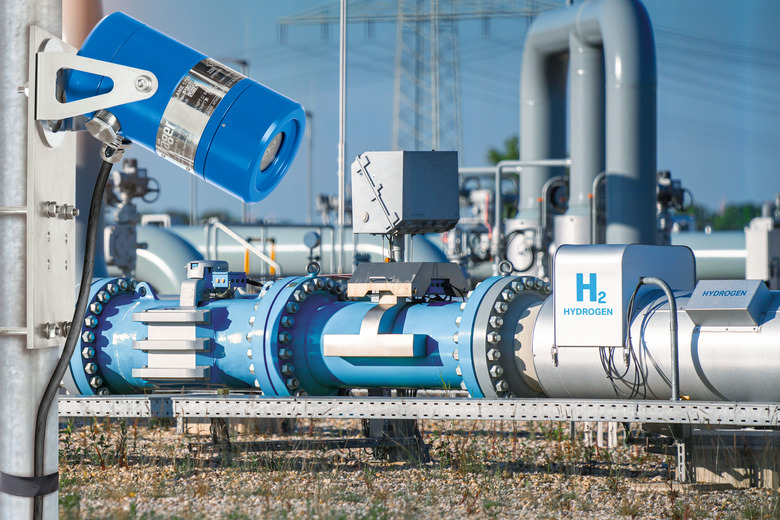
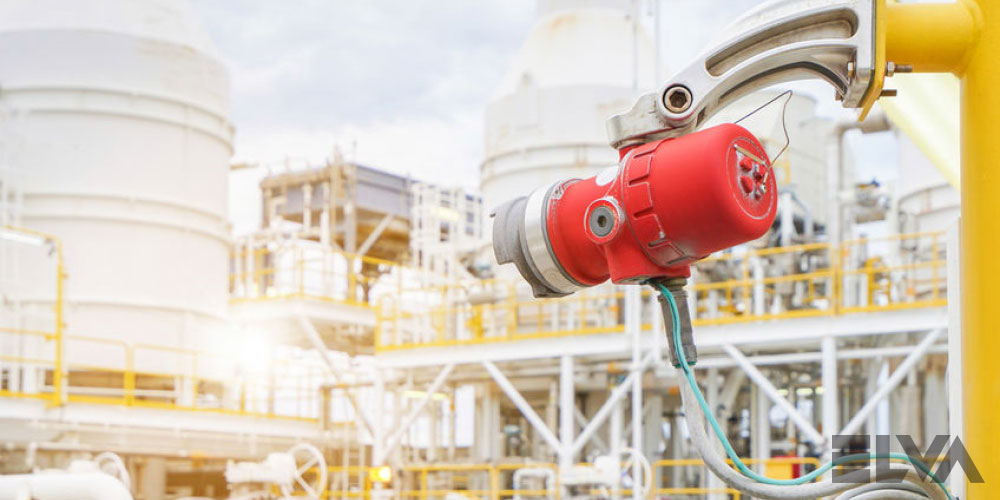
Where would you need these Detectors?
• Industrial warehouses
• Chemical production plants
• Chemical stores
• Petrol storage and pump stations
• Arc welding workshops
• Power plants
• Transformer stations
• Underground tunnels
• Motor testbeds
• Wood stores
There are 3 different types of flame detector: Ultra-Violet, Infra-Red and a combination of them both Ultra-Violet-Infra-Red
Ultra-Violet (UV)
This type of flame detector works by detecting the UV radiation at the point of ignition. Almost entirely all fires emit UV radiations, so in case of the flame, the sensor would become aware of it and produce a series of the pulses that are converted by detector electronics into an alarm output.
Advantages of UV detector include High-speed response, the ability to respond to hydrocarbon, hydrogen, and metal fires.
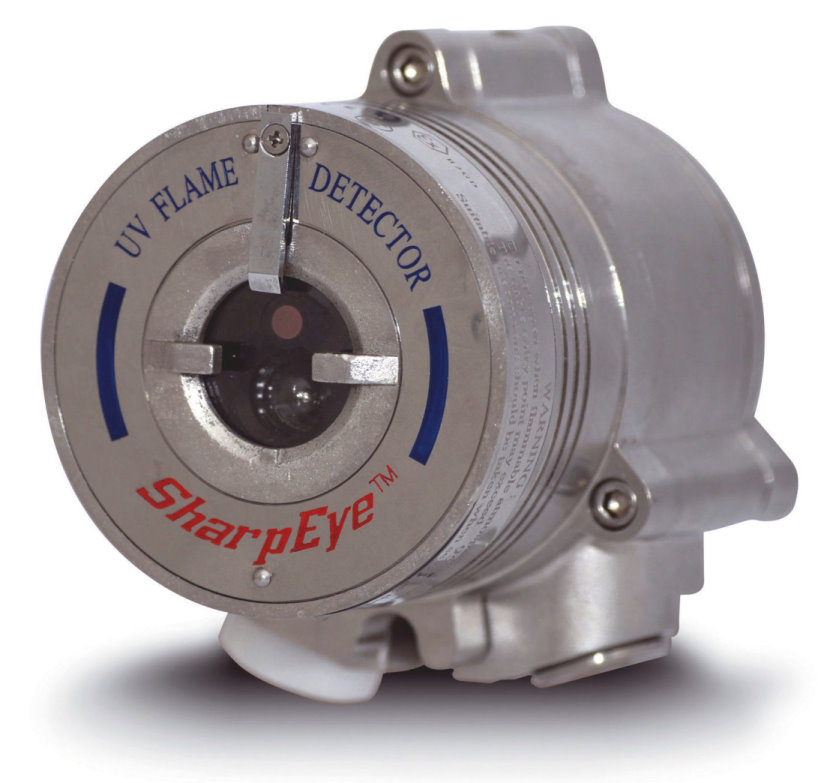
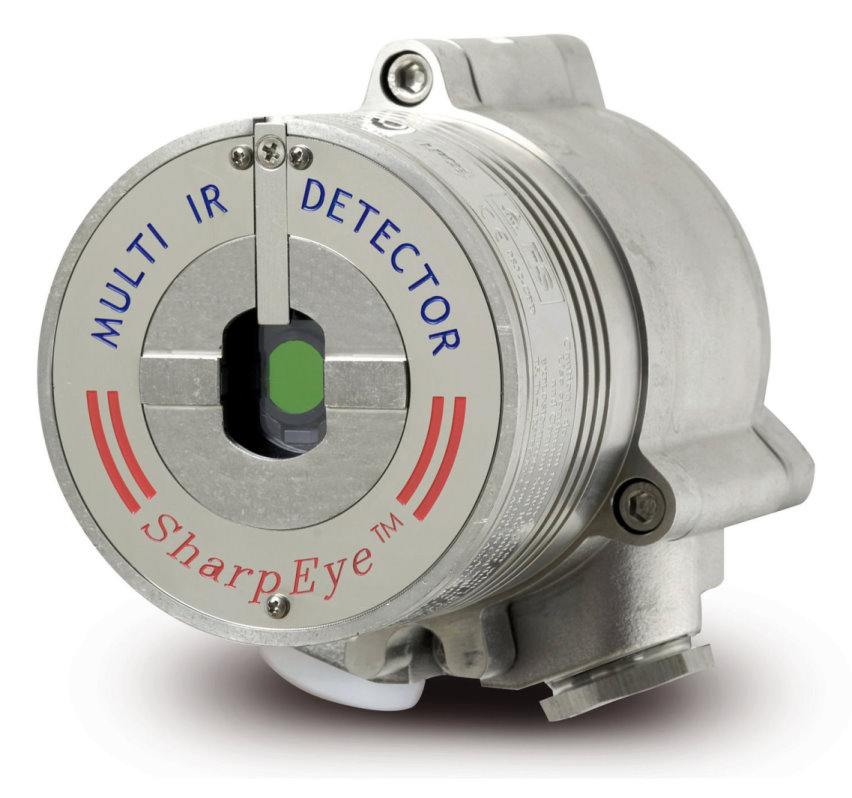
Infra-Red (IR)
The infra-red flame detector works by checking the infrared spectral band for certain ornamentation that hot gases release. However, this type of device requires a flickering motion of the flame.
UV-IR
This type of detector is capable to detect both the UV and IR radiations, so it possesses both the UV and IR sensor. The two sensors individually operate the same as those described, but supplementary both circuitry processes signals are present due to there being both sensors. Consequently, the combined detector has better false alarm rejection capability than the individual UV or IR detector.
